The Coronavirus lockdown days redefined our boundaries. It wasn’t easy at all to express ourselves artistically either. Writers always draw a certain degree of inspiration through interaction, but it’s challenging (the least to say) to produce content under such circumstances. To be honest, I didn’t plan at all to write the Polaroid Diaries: Still Life. This was an idea born during the quarantine days. My plans were actually different.
Earlier this year, I bought 8 packages of polaroid film for my Norwegian journey. In early March 2020, though, I decided to cancel everything. Instead of writing long Norwegian travelogues, I wrote the Coronavirus Chronicles (you can read them here). While I’m sure that carefree journeys will be back soon, the first half of 2020 seemed like an elegy to traveling. I could never think that my daily life would be just a walk around the block or a bike ride around Berlin for several months.
One day, after returning home, I remembered the polaroid films sitting in the fridge. I didn’t shoot any polaroids since 2019 and my journey to Kyiv. I checked the expiration date on the boxes. It seemed that some of the films would expire soon. I don’t have anything against the expired film (in fact, I love it), but I found it sad to let it expire just because of the situation. Unintentionally, I took one roll and inserted it into the camera. “Now what?” I asked myself. Lockdown, quarantine, coronavirus. My life felt rather miserable. I was still in Berlin, and I couldn’t even return to Athens. Stillness. The earth itself stood still.
It was that afternoon that I decided to shoot polaroids in Berlin. The following day, I started having my polaroid camera with me. I thought I’d document the life around me. But after taking some photos in the streets of Berlin, I found them soulless. “Great,” I mumbled, “so, now what?” This question is probably the motto of 2020. It didn’t take that long to realize that geography in 2020 was not about the world around us. It was, mainly, about the flats that we inhabit.
And this turned out to be the right approach. Suddenly I realized that I’d learned everything about the flat. I knew exactly the spots where the wall has lost its color. I could easily remember the number of cups and plates in the cupboard. How many T-shirts I had in the closet. Sometimes I lose things inside the house; now, I could remember where everything was. Banality was, in fact, the new normality. I didn’t lose a thing during the lockdown. Unintentionally, once again, in a matter of weeks, I studied every corner of the flat. And that’s how the outer world turned into a distant memory.
What you’ll see in the Polaroid Diaries: Still Life (Berlin edition)
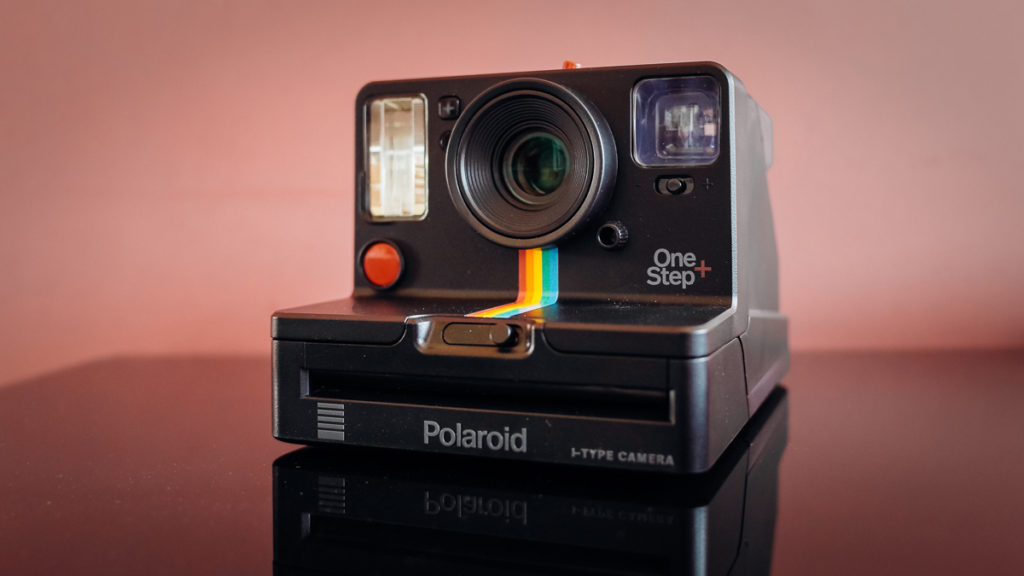
Hence, for the Polaroid Diaries: Still Life, I started documenting the things in my flat in Berlin. It was also tempting to take some portraits of Barbara, but I didn’t. Even though she spent a significant amount of time working from home, I preferred to think of the polaroid I took in Anafi. I preferred to remember our freedom and not the fact that we were turning into objects. Humans in the form of still life.
So, for this edition of my Polaroid diaries, all you’re going to see is still life photos. The earth stood still (like in the dystopian movie), and so did we. There are no photos from Berlin. The Polaroid Diaries: Still Life is all about the things that were always there, but we never paid attention to them. The quarantine taught us that the unsung heroes of daily life kept societies alive. And so, I took a step further: here are some polaroids from our homes’ unsung objects.

Polaroid Diaries: Still Life
Polaroids need light. Without it, you can’t really hope for a decent photo. I tried to study the light that came through the windows, and I wanted to take advantage of it. Whenever I thought there was a good amount of it, I’d pick up the OneStep+ and shoot a photo. The first one is from the kitchen. This bowl is there forever, but it was only during the lockdown that I started paying attention to it. The late afternoon sun created some interesting shadows.

The lockdown days started feeling horribly alike. One day, after leaving the flat for my daily walk, I saw a vase with some ornaments on the stairs. I thought that some neighbor was just killing time. It turned out, though, that it was Easter week, and somebody decided to decorate that corner.
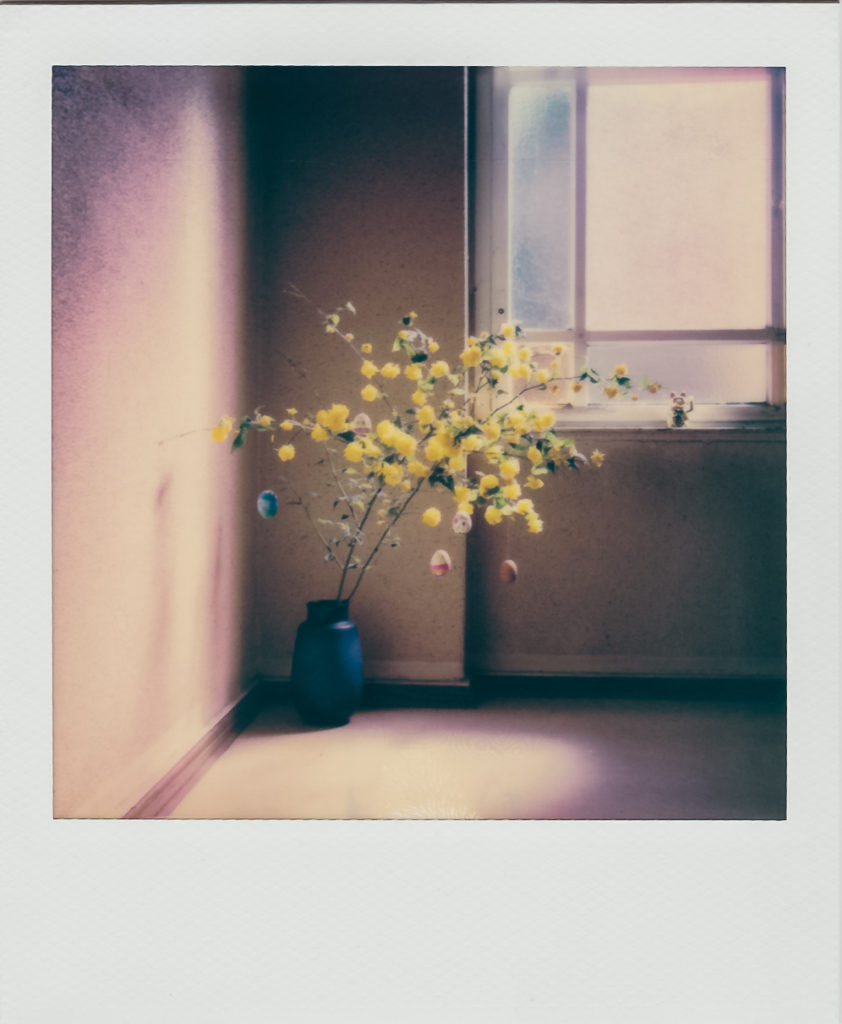
I’m not the biggest fan of candles, but on lonely days, fire can offer the illusion of companionship. It’s not like you have friends or something, but the moving flame is a pleasing image. François Truffaut, the prolific French director, used to say that the fireplace is the archaic version of cinema. In the dining room, there are some candles and chandeliers that Barbara and I use sometimes. I thought of taking a polaroid.
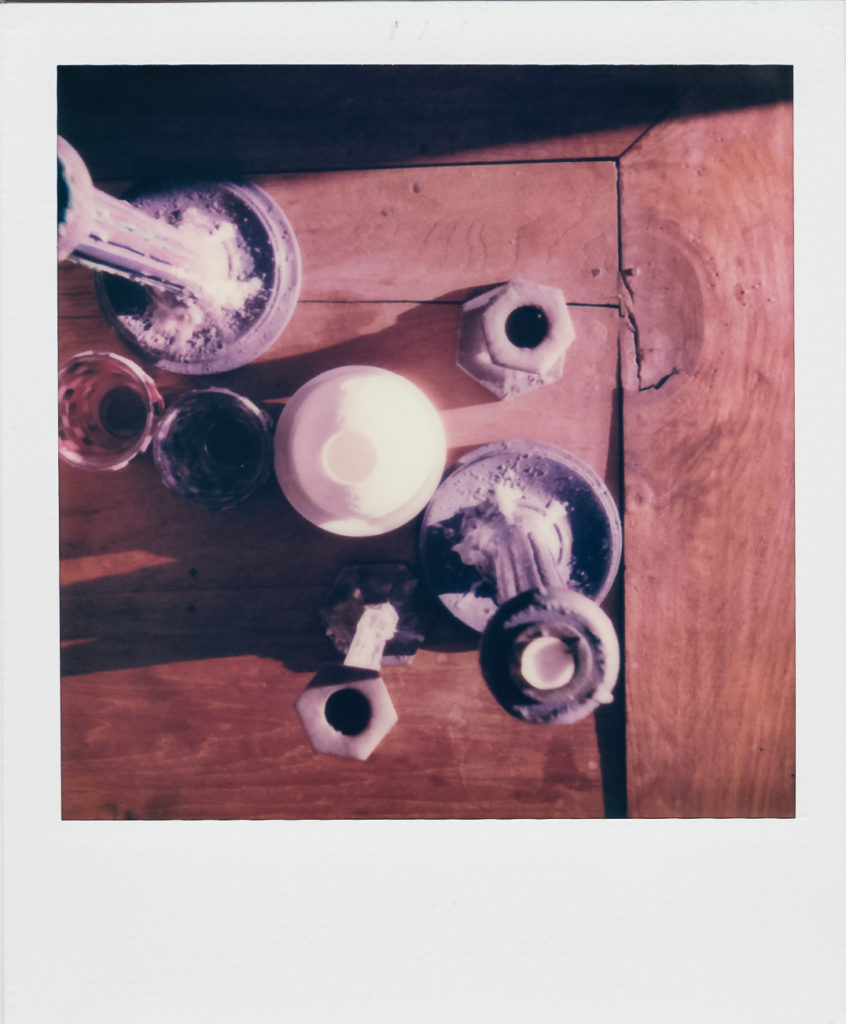
Books, books, books. I love them, I have written four in Greek, but I won’t lie: I didn’t read that much during the lockdown. It was comforting, though, to know that I could pick one and read it once in a while. As I said, I didn’t read that much. But reading a good book is still one of the best things you can do when you are inside a flat.
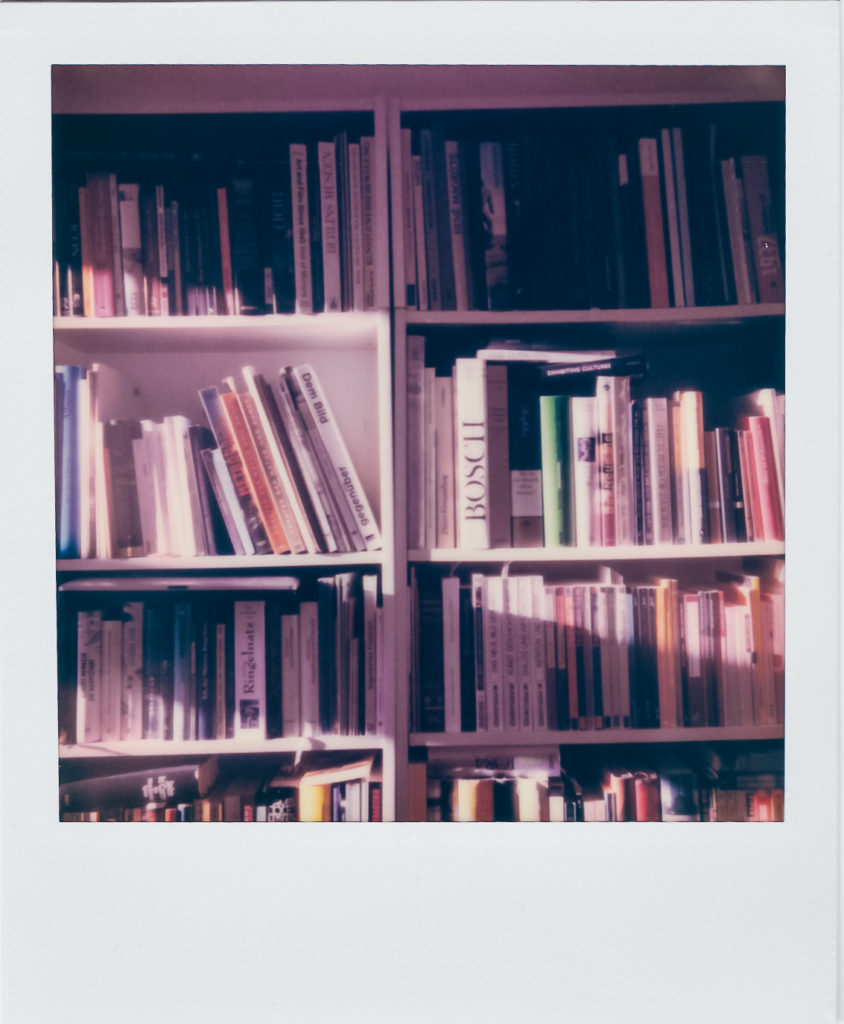
There’s a red jug that I usually fill with water before eating. I always found it rather heavy, but I loved its color. I never thought, though, to take a photo of it. One day, while I was having lunch, I placed it on the floor. I was writing all day long, and there was no space on the small kitchen table. When I took a break and looked around me, I saw the light coming straight from the window and highlighting the red jug.
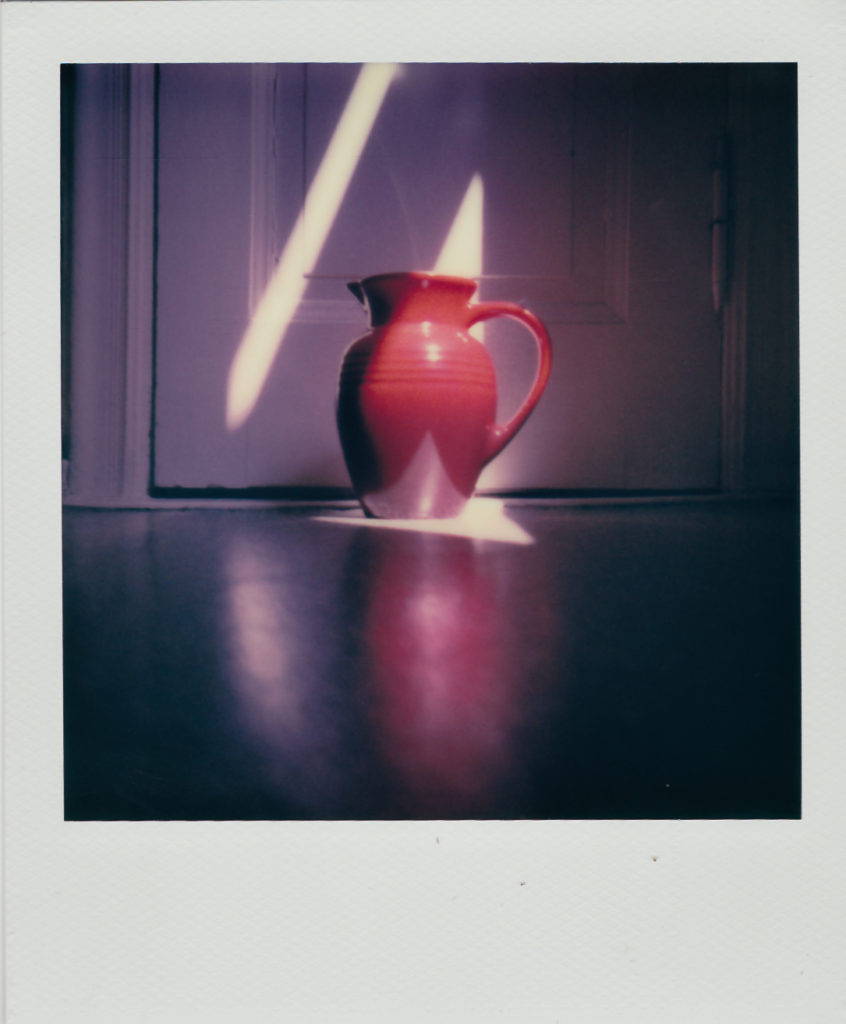
I tend to leave things here and there. One warm afternoon, after returning from a bike ride, I took my shirt off. I was sweating, and without even thinking about it, I hang it on the heater. As it’s always the case, I forgot it there overnight. The next morning, some pale light made it look more attractive.
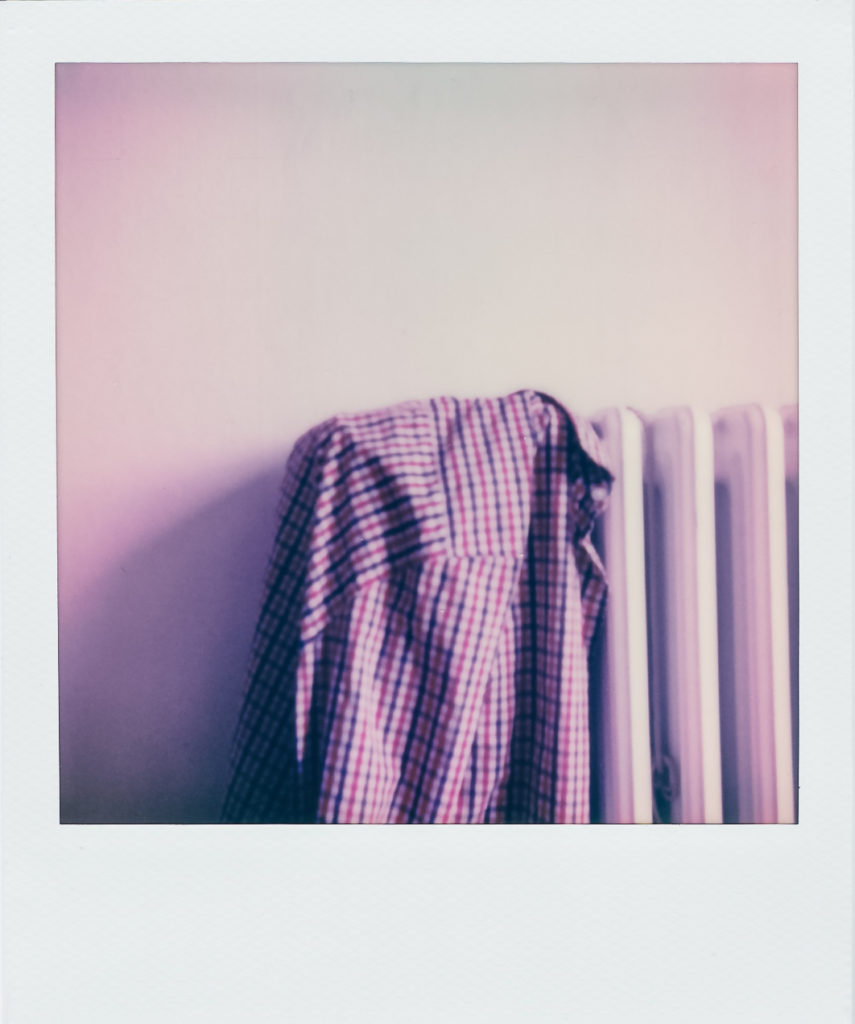
When it comes to nature, plants, and all, I often feel I’m totally clueless. Barbara, on the contrary, loves plants, and she also likes taking care of them. One day, when I entered the kitchen, I saw a pot with parsley sitting on a stool. “It needs some light,” she just said.
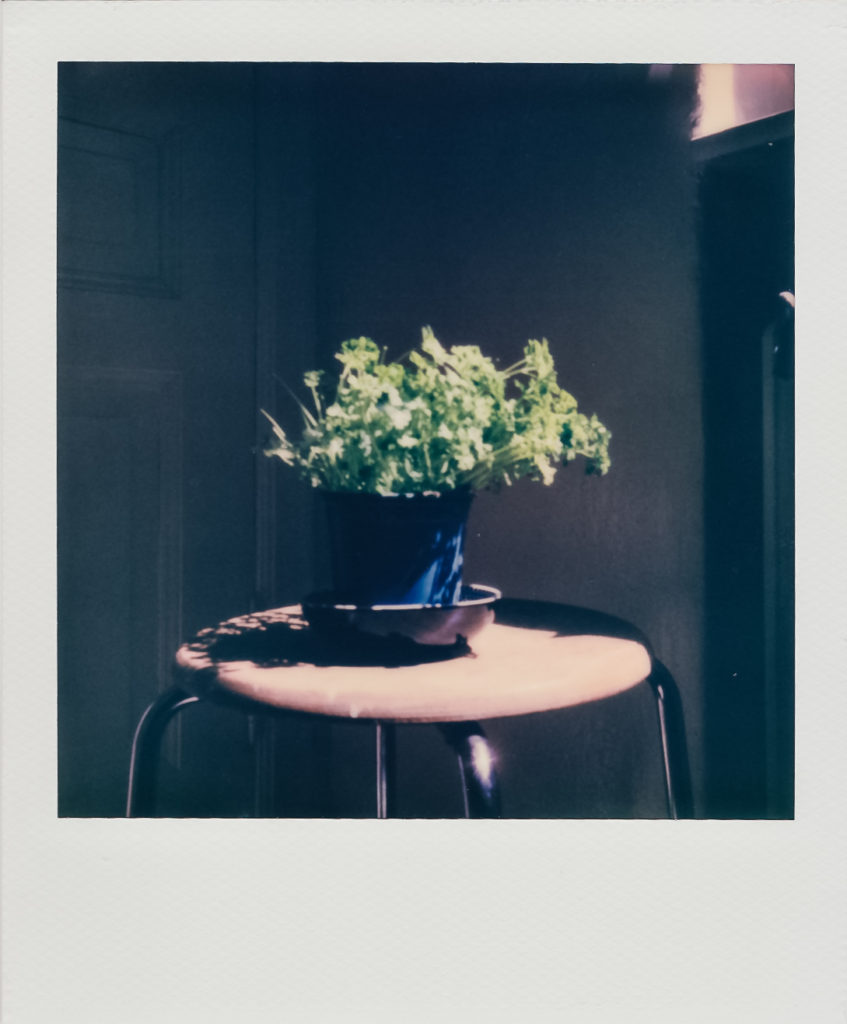
Apart from loving plants, Barbara has a thing for Marimekko. She’s probably the biggest fan of the famous Finnish brand. There are a few Marimekko objects in the living room, among them two pillows. On one of the last days of the lockdown, Barbara read a book called “Derrida is not in the house.” A neighbor rang the doorbell, though, so she left the book in a hurry. Even though the book appears slightly blurry (the book started sliding slowly), I like the colors of the polaroid.

Last but least, that’s a photo from the last evening of the lockdown. The next morning, the cafes and restaurants would open again, and we were both looking forward to it. I remembered that the last time we were at the cinema, it was in the Berlinale. This somehow marked the start of the corona-horror story. There’s an old Berlinale poster in the living room that we haven’t decided where to hang. I thought that the last lockdown polaroid should have the word Berlinale on it.
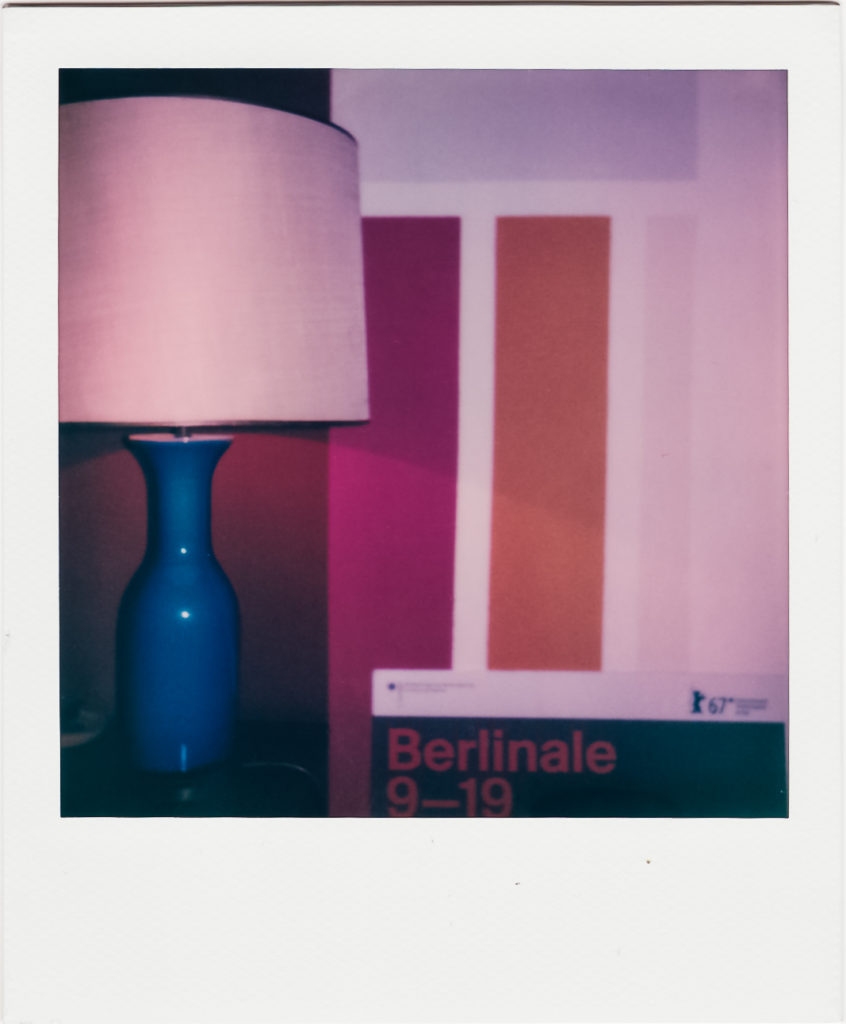
And that’s it with my Polaroid Diaries: Still Life from the Berlin lockdown days. I always thought it’s hard to shoot polaroids inside a flat, but -as it’s always with photography- it’s all a matter of light. The OneStep+ performed once again pretty well. For the ones interested in settings, for some of the photos, I used the manual mode. I also must say here that I didn’t post-process the polaroids apart from optimizing them on Lightroom for web use. That said, I only added a +20 in Sharpness and a +5 in clarity after scanning them.
I’m happy with the results, yes, but to be honest, I’d still prefer to shoot some polaroids in Norway instead…
More Polaroids: The full Polaroid diaries & My OneStep+ review
Bonus: The ultimate travel guide to Berlin
Get my Polaroid Camera | Buy the I-Type Film
Pin it for later
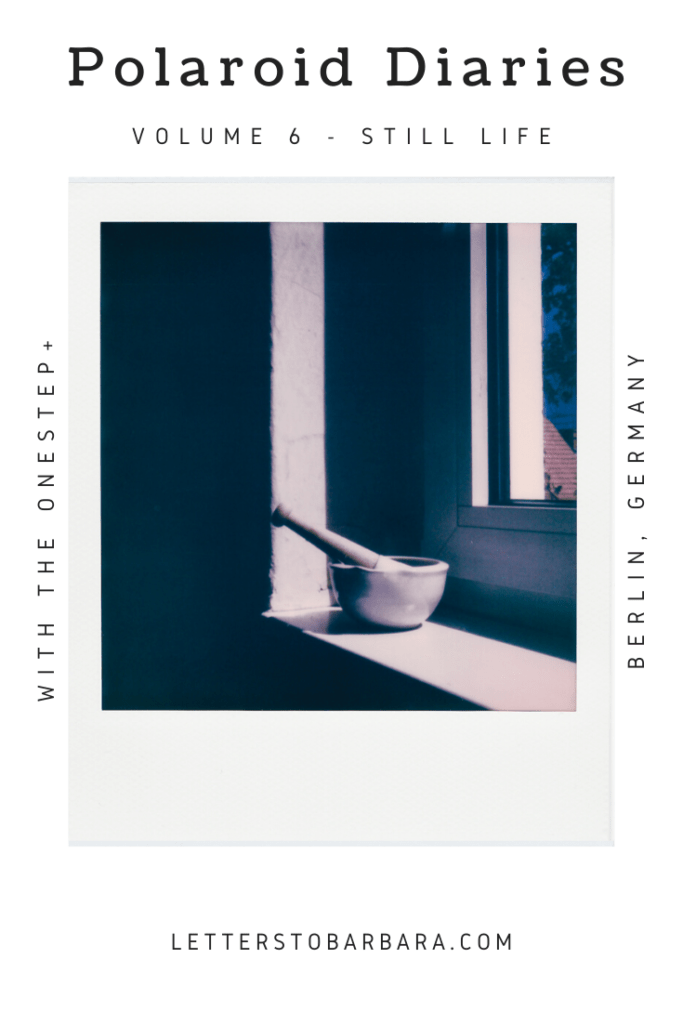
Please share, tweet, and pin if you enjoyed reading the Polaroid Diaries: Still Life (my Berlin Banality Edition). Your support keeps this website running and all the info up-to-date. 🙂
Last Updated on May 6, 2021 by George Pavlopoulos


